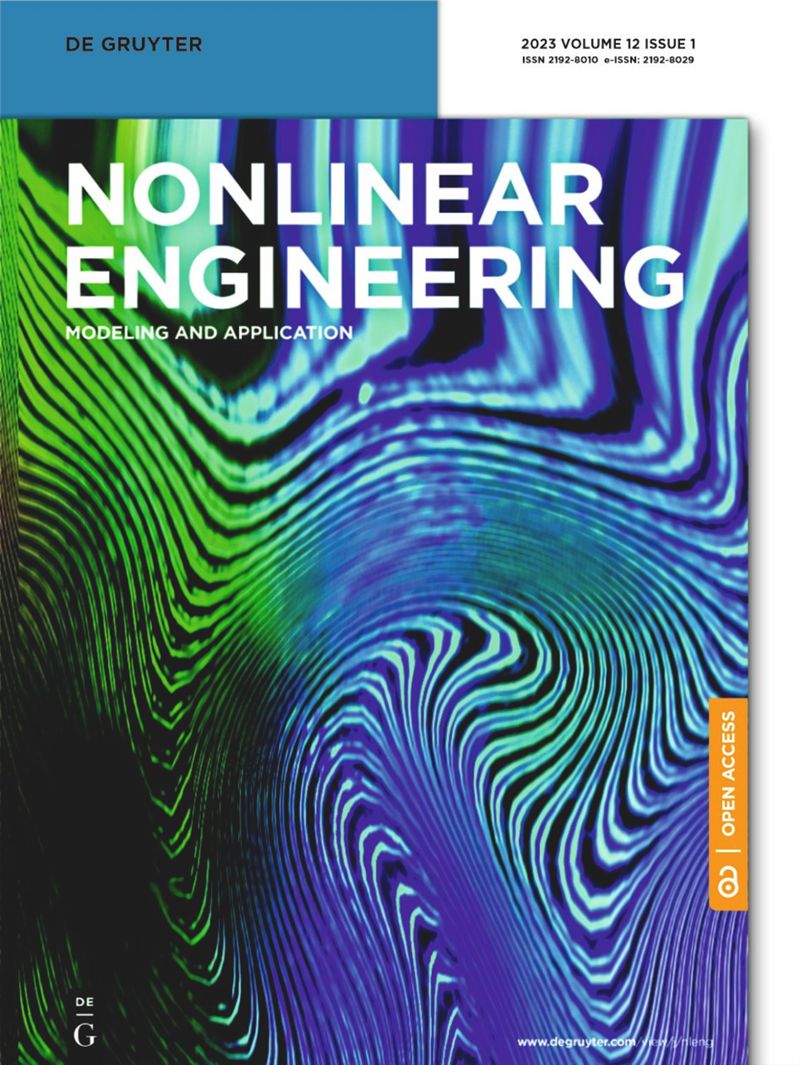A deep learning-based mathematical modeling strategy for classifying musical genres in musical industry
IF 2.4
Q2 ENGINEERING, MECHANICAL
引用次数: 0
Abstract
Abstract Since the beginning of the digital music era, the number of available digital music resources has skyrocketed. The genre of music is a significant classification to use when elaborating music; the role of music tags in locating and categorizing electronic music services is essential. To categorize such a large music archive manually would be prohibitively expensive and time-consuming, rendering it obsolete. This study’s main contributions to knowledge are the following: This article will break down the music into many MIDI (music played on a digital musical instrument) movements, playing way close by analysis movement, character extraction from passages, and character sequencing from movement so that you may get a clearer picture of what you are hearing. The procedure includes the following steps: extracting the note character matrix, extracting the subject and segmentation grouping based on the note character matrix, researching and extracting beneficial characteristics based on the theme of the segments, and composing the feature sequence. It is challenging for the sorter to acquire spatial and contextual knowledge about music using traditional classification techniques due to its shallow structure. This study uses the unique pattern of input MIDI segments, which are used to probe the relationship between recurrent neural networks and attention. The approach for music classification is verified when paired with the testing precision of the same-length segment categorization; thus, gathering MIDI tracks 1920 along with genre tags from the network to construct statistics sets and perform music classification analysis.一种基于深度学习的音乐类型分类数学建模策略
自数字音乐时代开始以来,可用的数字音乐资源数量激增。音乐的体裁是在阐述音乐时使用的一个重要分类;音乐标签在定位和分类电子音乐服务中的作用是必不可少的。手动对如此大的音乐档案进行分类将非常昂贵和耗时,使其过时。本研究对知识的主要贡献如下:本文将把音乐分解成许多MIDI(在数字乐器上演奏的音乐)乐章,演奏方式接近分析乐章,从段落中提取人物,从乐章中排序人物,这样你就可以更清楚地了解你所听到的内容。该过程包括:提取音符特征矩阵、提取主题并基于音符特征矩阵进行切分分组、根据切分主题研究提取有益特征、组成特征序列等步骤。由于音乐的浅层结构,使用传统的分类技术来获取音乐的空间和上下文知识是具有挑战性的。本研究利用输入MIDI片段的独特模式,探讨递归神经网络与注意之间的关系。将该方法与同长度分段分类的测试精度配对进行验证;因此,从网络中收集MIDI音轨1920以及流派标签,构建统计集并进行音乐分类分析。
本文章由计算机程序翻译,如有差异,请以英文原文为准。
求助全文
约1分钟内获得全文
求助全文
来源期刊
CiteScore
6.20
自引率
3.60%
发文量
49
审稿时长
44 weeks
期刊介绍:
The Journal of Nonlinear Engineering aims to be a platform for sharing original research results in theoretical, experimental, practical, and applied nonlinear phenomena within engineering. It serves as a forum to exchange ideas and applications of nonlinear problems across various engineering disciplines. Articles are considered for publication if they explore nonlinearities in engineering systems, offering realistic mathematical modeling, utilizing nonlinearity for new designs, stabilizing systems, understanding system behavior through nonlinearity, optimizing systems based on nonlinear interactions, and developing algorithms to harness and leverage nonlinear elements.

 求助内容:
求助内容: 应助结果提醒方式:
应助结果提醒方式:


